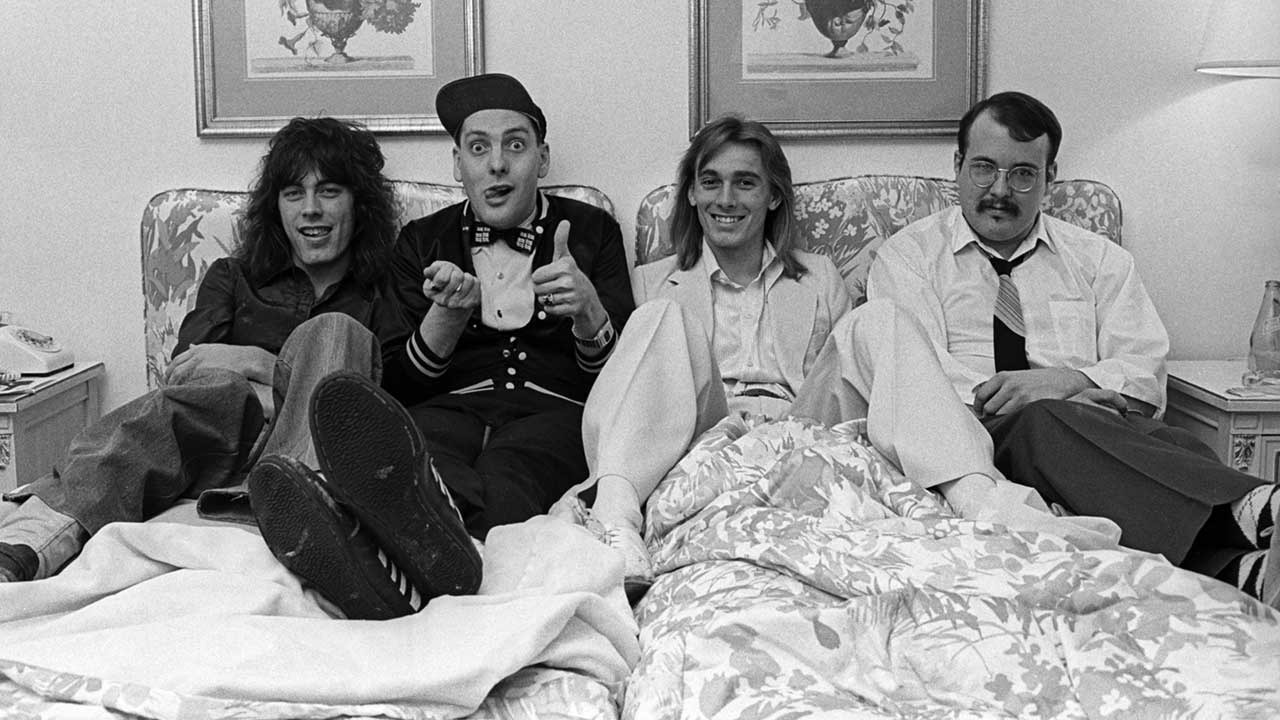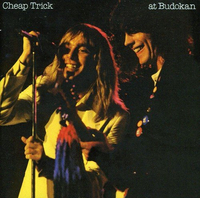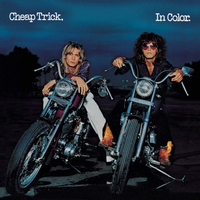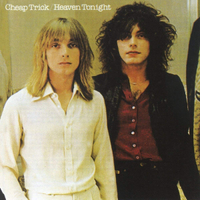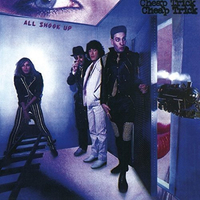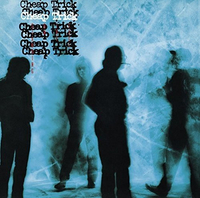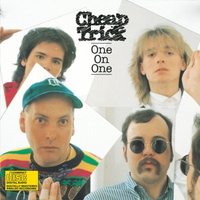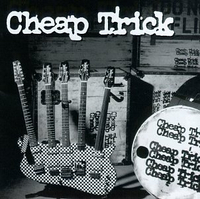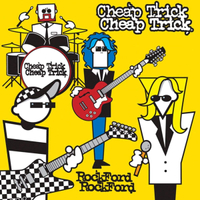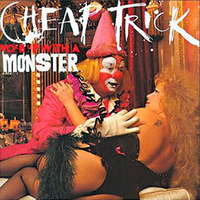Blame The Beatles. Without the loveable moptops there would never have been a Cheap Trick – and without the band from Rockford, Illinois, what we now call pop-rock probably would have been a very different animal too. Blessed with an innate sense of melody and an irreverent sense of buffoonery, Cheap Trick were almost seen as punk rock, certainly when compared to the AOR behemoths who dominated the US charts in the 1970s.
Seriously, Cheap Trick were prepared to take the piss out of themselves and everyone else, while crafting songs so hummable that if writing memorable hooks were an offence they’d have been locked up with no chance of parole. It started in 1968 with the band Fuse, with guitarist Rick Nielsen (very much the main songwriter) and bassist Tom Petersson. One album for Epic proved unsuccessful, as did a name change to Sick Man Of Europe and a relocation to Philadelphia. By 1973 they’d become Cheap Trick, adding drummer Bun E. Carlos and vocalist Randy Hogan. The latter didn’t stay long, ousted in favour of Robin Zander.
Three albums – 1977’s self titled debut and In Color, plus Heaven Tonight the following year – enjoyed modest success, but it was 1979’s At Budokan live album that hit the commercial jackpot, turning Cheap Trick into a major force on the American chart and also giving them a global reputation. Moreover, it helped that they had a distinctive image, which was the sum of two duos: Zander and Petersson were the pretty boys; Nielsen and Carlos were the wacky looking pair.
By the end of the 70s, Cheap Trick had racked up hits like I Want You To Want Me, Dream Police, Surrender and Voices. But the 1980s were frustrating. Petersson quit in 1980 to start an ill-fated band, Another Language, with his wife. He was replaced in Cheap Trick by Jon Brant, but despite the occasional gem the band went into a steep decline. Petersson returned in 1988, heralding a swift change in the band’s fortunes as The Flame became a No.1 hit for them, while the album from which it was taken – Lap Of Luxury – was their first in a decade to sell more than a million copies.

...and one to avoid
You can trust Louder Our experienced team has worked for some of the biggest brands in music. From testing headphones to reviewing albums, our experts aim to create reviews you can trust. Find out more about how we review.
This feature originally appeared in Classic Rock 103, published in March 2007.
